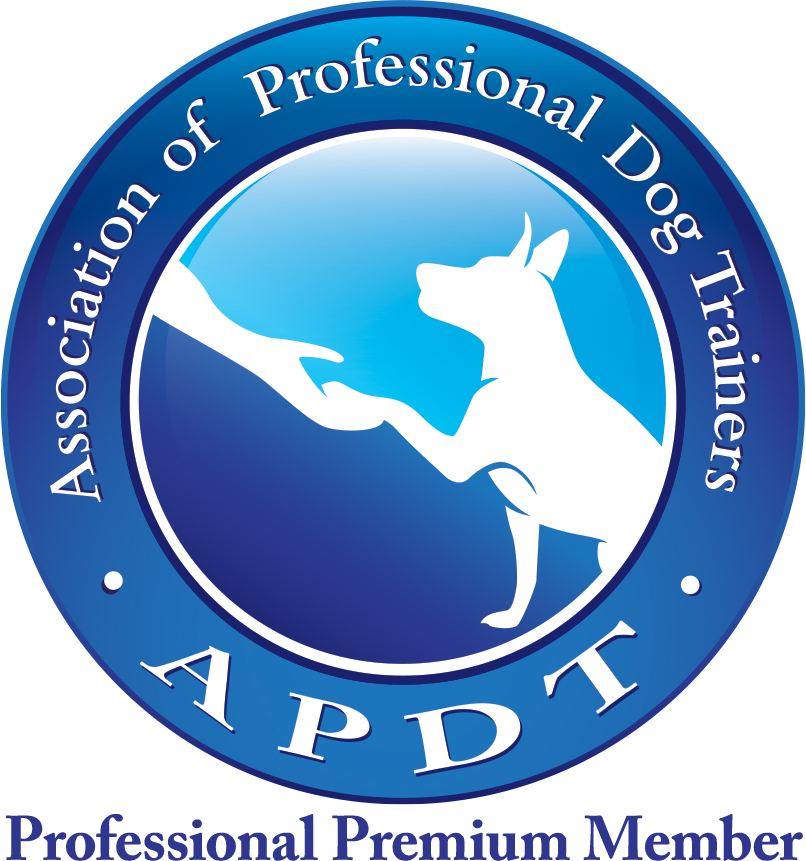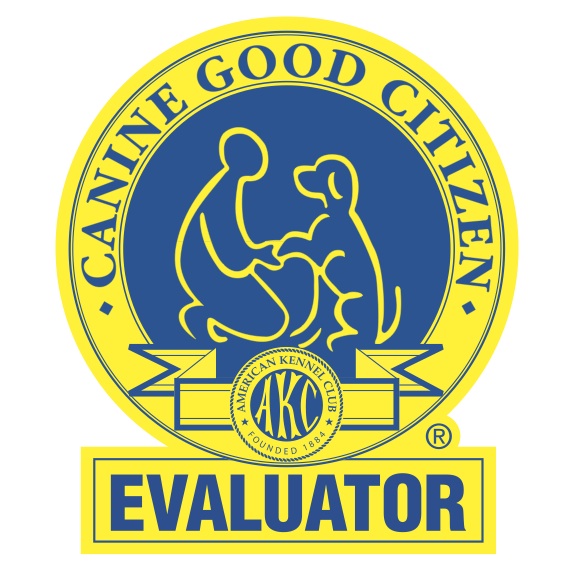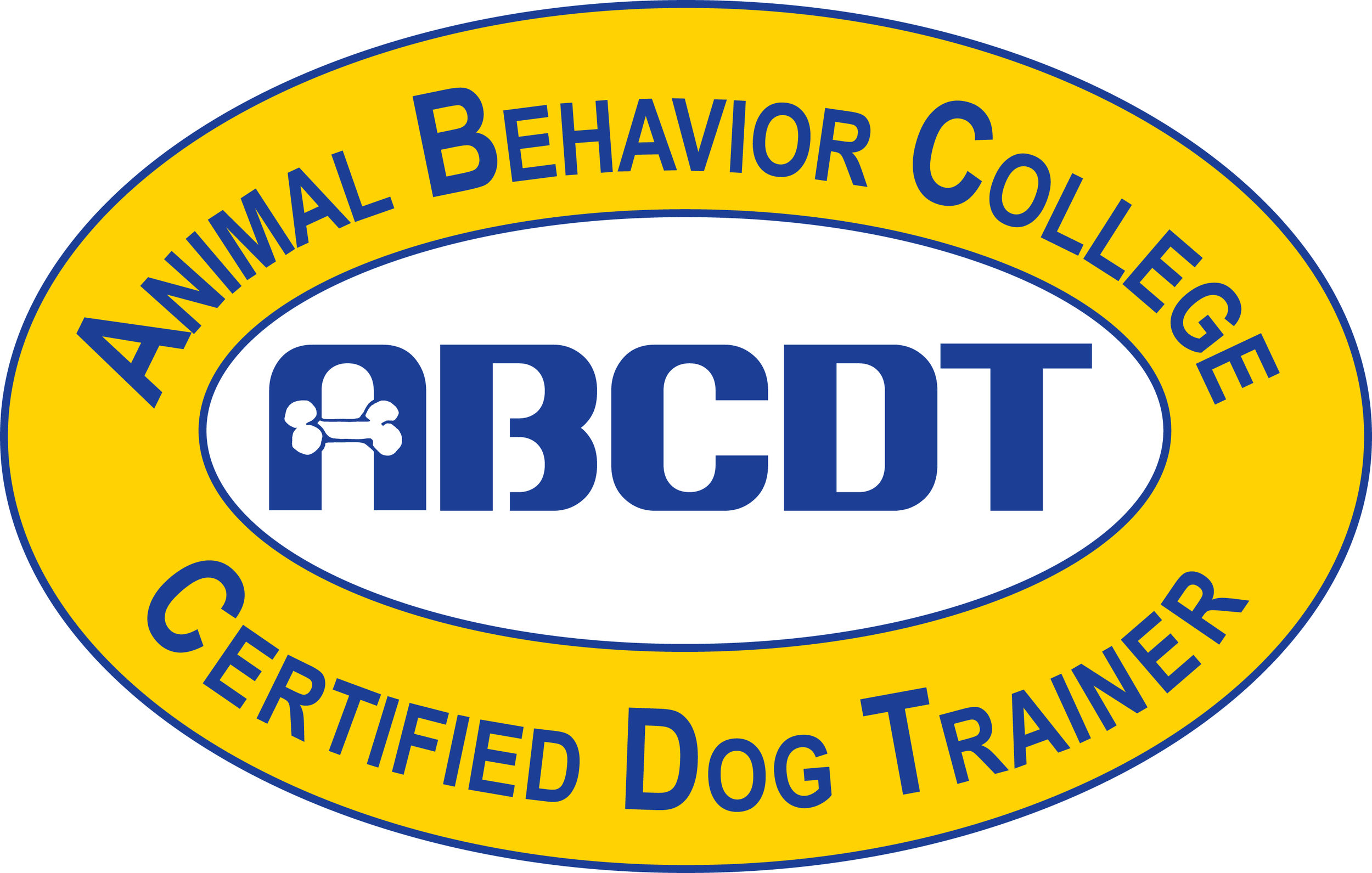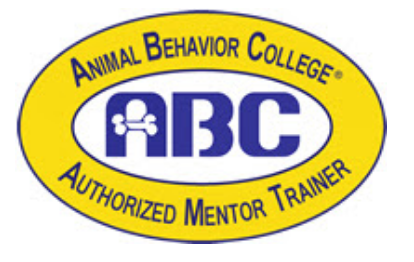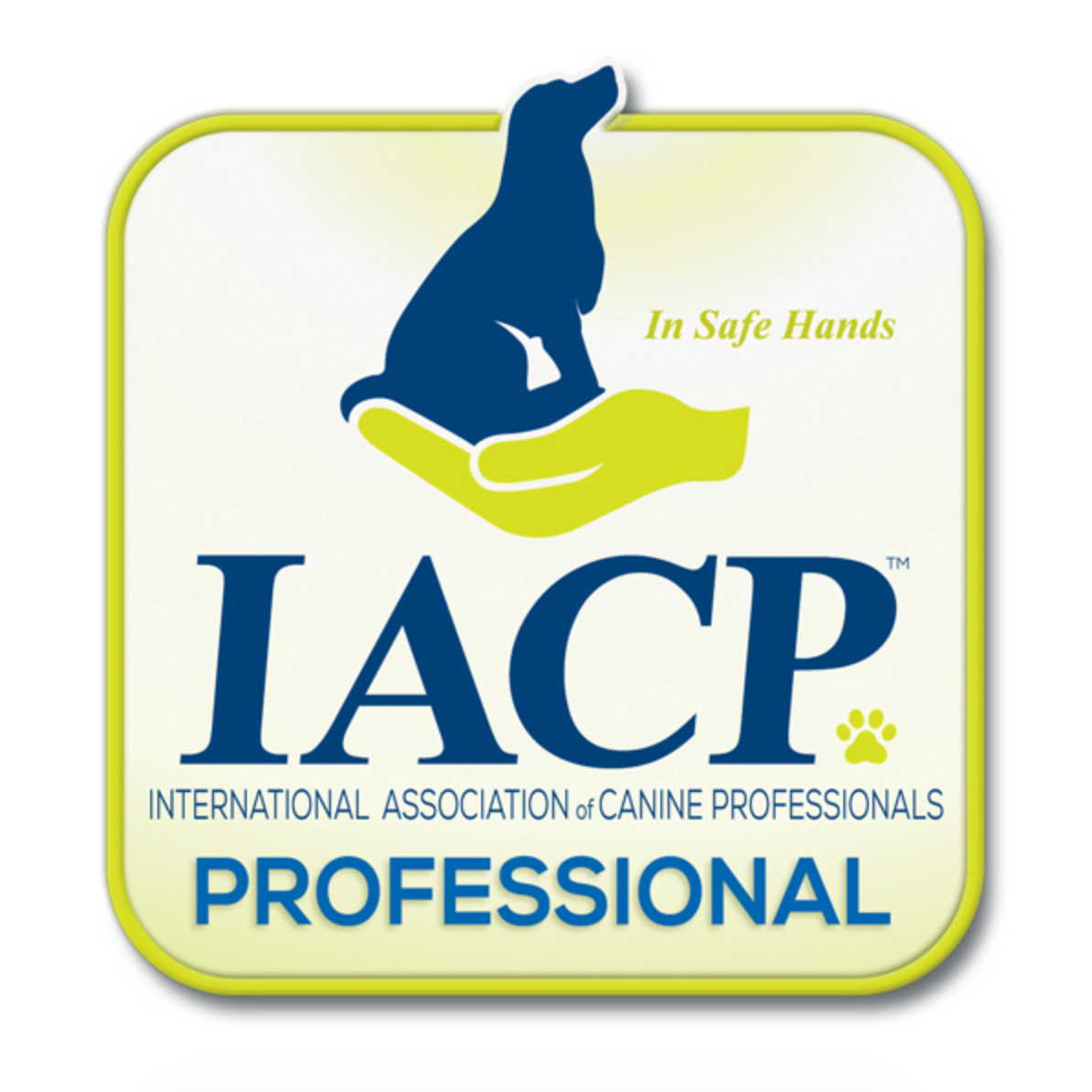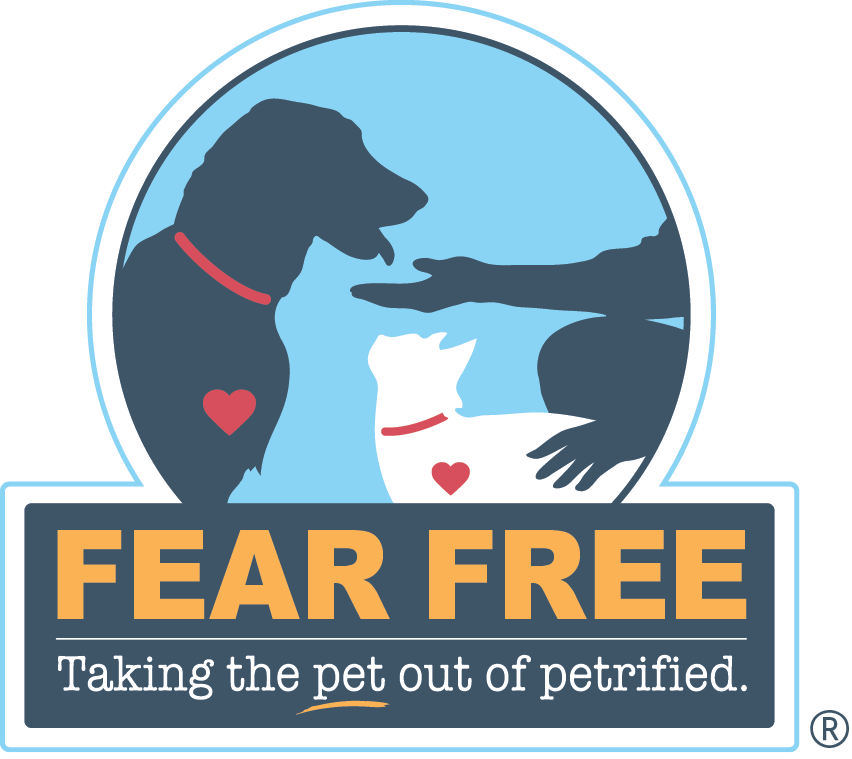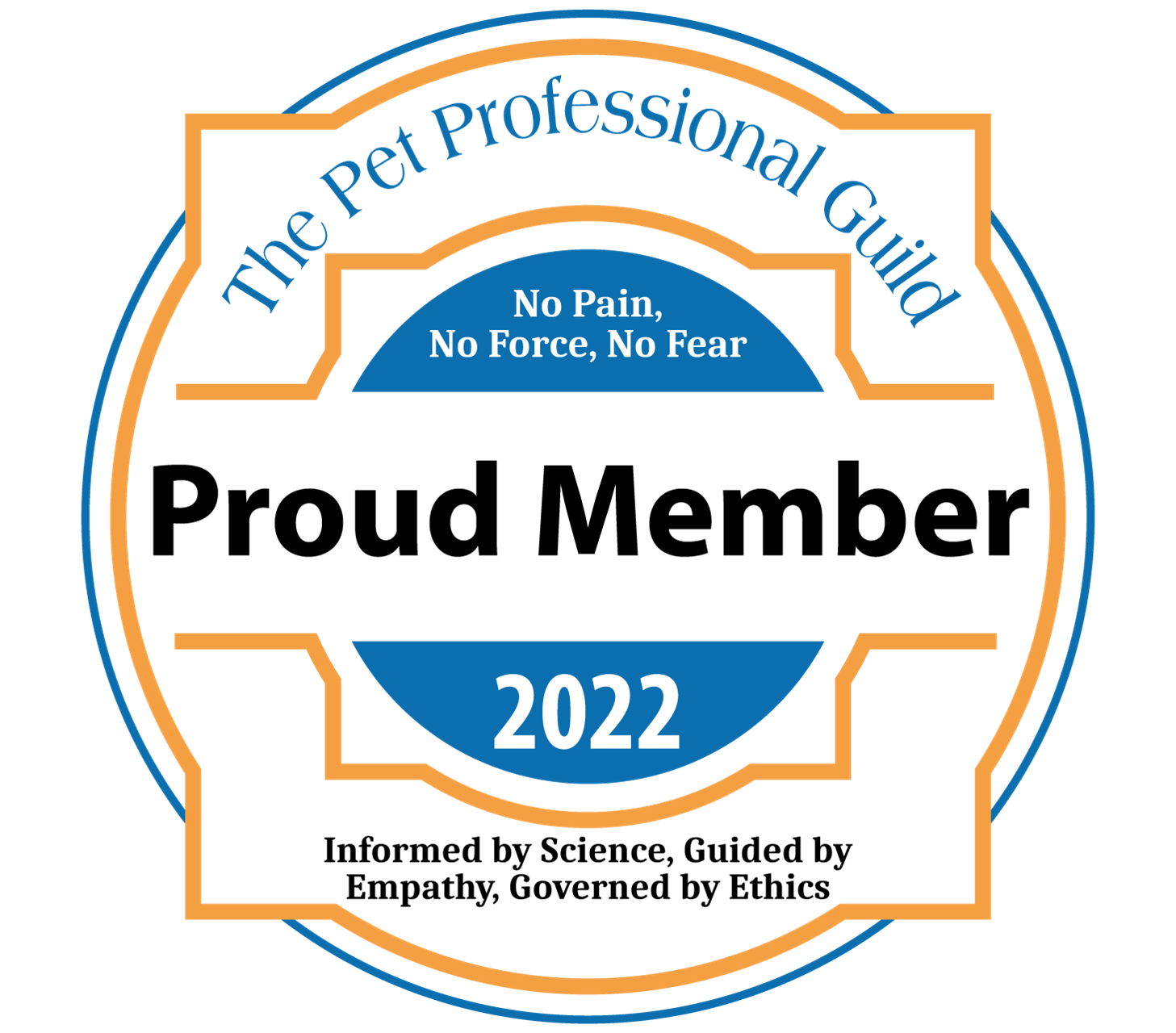Successful Canine Housemates
/
Successful Canine Housemates
A new puppy or dog is a time of fizzy excitement and anticipation. If you have an existing dog at home, some careful planning can make things a whole lot smoother. Here are some tips for making the introduction a positive and stress-free experience for both furry friends.
Prepare Your Space: Before the big introduction, consider a neutral space where both dogs can meet for the first time. This helps to reduce the likelihood of tension. Remove any items that your existing dog might be possessive about to avoid potential conflicts.
Controlled Introduction: Keep both dogs on leash during the initial meeting. This allows you better control and an easy way to step in if needed. Choose a calm and quiet environment to minimize distractions and stress for the dogs.
Observe Body Language: Pay close attention to what both dogs communicate with their bodies. Look for signs of curiosity, playfulness, or tension. Positive body language, such as loose wagging tails and relaxed postures, signals smoother sailing. If either dog displays signs of upset or discomfort, such as stiffness, growling, bared teeth, or stiff closed mouth, separate them and try the introduction again later.
Separate Spaces: Provide each dog their own safe haven, complete with beds, bowls, and toys. This allows your dogs to relax while they get used to each other and reduces the likelihood of conflicts over resources.
Gradual Familiarization: After the initial meeting, gradually increase the time your dogs spend together, always under supervision. Continue to monitor their behavior closely and reinforce positive interactions with praise and treats until you are confident they’ve formed a solid relationship.
Remember, every dog is unique, and the introduction process may take time. Be patient, stay positive, and celebrate small victories along the way. And if you have concerns, contact a force-free trainer for guidance.



